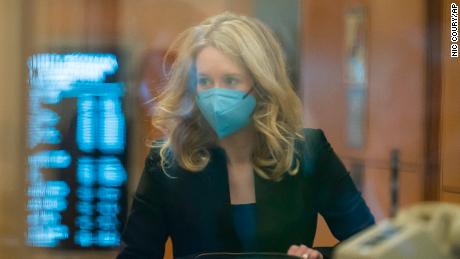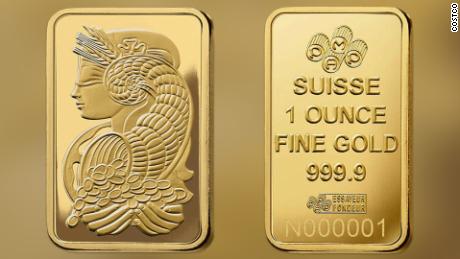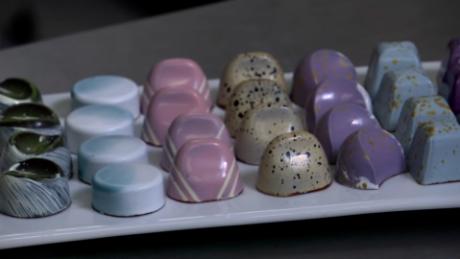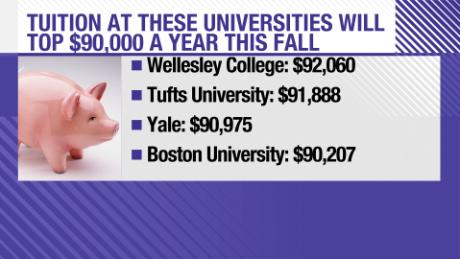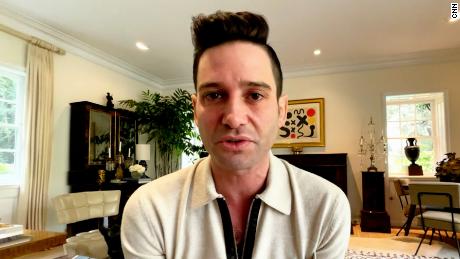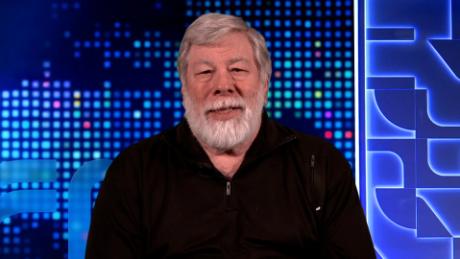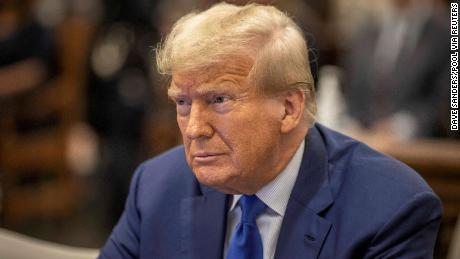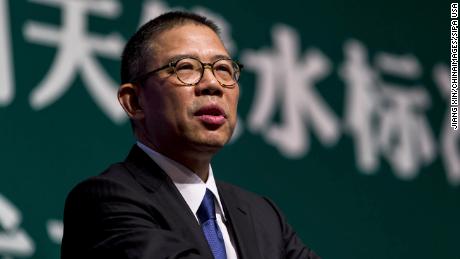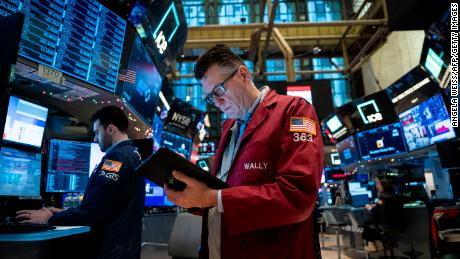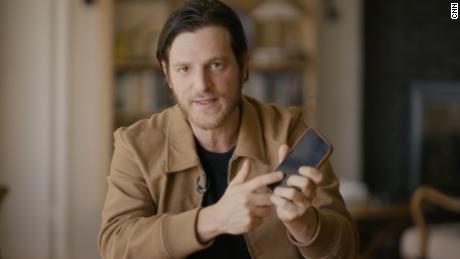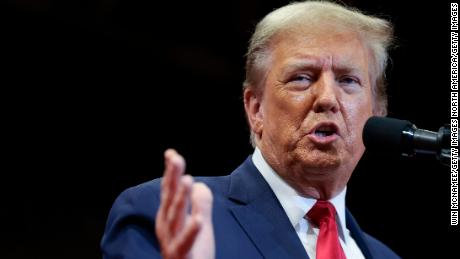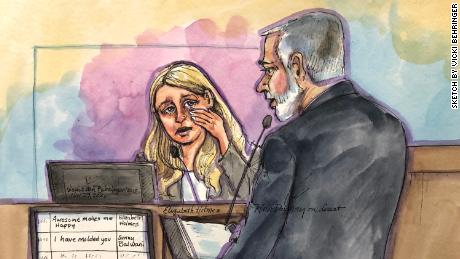(CNN)When Elizabeth Holmes got wind that then-Wall Street Journal reporter John Carreyrou was working on a damning expose that would publish in October 2015 about her blood testing startup Theranos, she went straight to the top in an effort to get the story killed.
Holmes, who is on trial over criminal fraud charges, testified Tuesday that she appealed to media mogul and Theranos investor Rupert Murdoch to see if she could have him throw his weight behind her fight over the Journal story. Murdoch is the executive chairman of News Corp, which owns The Wall Street Journal.
"You personally went to the owner of The Wall Street Journal to try to get him to quash the story, isn't that correct?" assistant US attorney Robert Leach asked the former Theranos CEO in the San Jose federal courtroom where she has been on the witness stand testifying in her own defense for the past five days of the trial.
"I did," Holmes testified.
Holmes acknowledged her outreach to Murdoch came after the law firm of Theranos investor, board member and legal counsel David Boies had attempted to intervene. Holmes testified that Boies had been "actively meeting with people at the Journal" and writing to them. "I don't know if he was threatening litigation," she said.
The prosecution displayed an email she sent to Murdoch one month before the story published: "I thought that were I in your shoes I would want to know/be in the loop on this one," Holmes wrote to Murdoch.
"It was part of my effort to get Mr. Murdoch to make sure that our trade secrets were not published," Holmes testified. Leach replied: "You keep injecting trade secrets, and I promise we will get to trade secrets."
Murdoch reportedly sunk $125 million into Theranos, making him one of the company's largest individual investors. He was listed as a possible government witness but was not called to testify during its 11-week case against Holmes.
Holmes, a Stanford University dropout who founded Theranos in 2003 at age 19, is facing nine counts of wire fraud and two counts of conspiracy to commit wire fraud over allegations she knowingly misled doctors, patients, and investors about her company's blood testing capabilities in order to take their money. Now 37, she faces up to 20 years in prison, as well as a fine of $250,000, plus restitution, for each count of wire fraud and each conspiracy count. She has pleaded not guilty.
Holmes was first called to testify last month shortly after the defense's case began. She quickly admitted to one of the government's allegations: that the company only performed a dozen small blood sample tests on its proprietary blood analyzer device, despite its claims that it could run hundreds of tests. But Holmes has attempted to reframe Theranos' concealed use of modified third-party machines for other tests as a trade secret.
A key revelation from the Journal's October 2015 article was that the company was only using its proprietary technology on roughly a dozen tests and was instead relying on the use of third-party machines to test patient blood.
Carreyrou, who has since left the Journal, went on to chronicle Holmes' effort to leverage Murdoch and others against his reporting in his definitive book on the Theranos saga, "Bad Blood." He was in attendance at the trial as Holmes testified on the topic, including her acknowledgment that she and the former COO of Theranos attempted to figure out who his sources were for his article.
During cross-examination, which began Tuesday and will continue next week, Leach sought to show lengths Holmes and Theranos went to in trying to stymie the story that would upend the company and eventually land her in the federal courtroom where her criminal trial has been underway for the past three months.
Holmes was repeatedly asked by the prosecutor about how she handled her response to the Journal's reporting, after having previously testified that her response was was "too aggressive." Leach sought to pull out what that meant in practice, including how she treated whistleblowers. Holmes expressed contrition.
"I couldn't say more strongly, the way we handled the Wall Street Journal process was a disaster," she testified Tuesday. "We totally messed it up."
But Leach sought to point out her efforts to conceal didn't stop there. After the Journal article was published, Holmes went on CNBC's "Mad Money," where Leach noted she was asked "point blank" by host Jim Cramer whether it was true that the company was performing "only 12 or 15 tests on your device, isn't that right?"
Holmes said she didn't remember the question specifically but knew she was addressing the contents of the Journal's report. Leach then played a clip -- which jurors have seen before -- but this time, with Holmes sitting on the witness stand.
"You heard Mr. Cramer ask you the question how many tests could be performed on the Edison?" Leach asked, referring to Theranos' proprietary blood testing machine.
"I did," Holmes replied.
"And I didn't hear the number 12 in that clip. Did you hear it?" Leach asked.
"I did not," Holmes testified.

